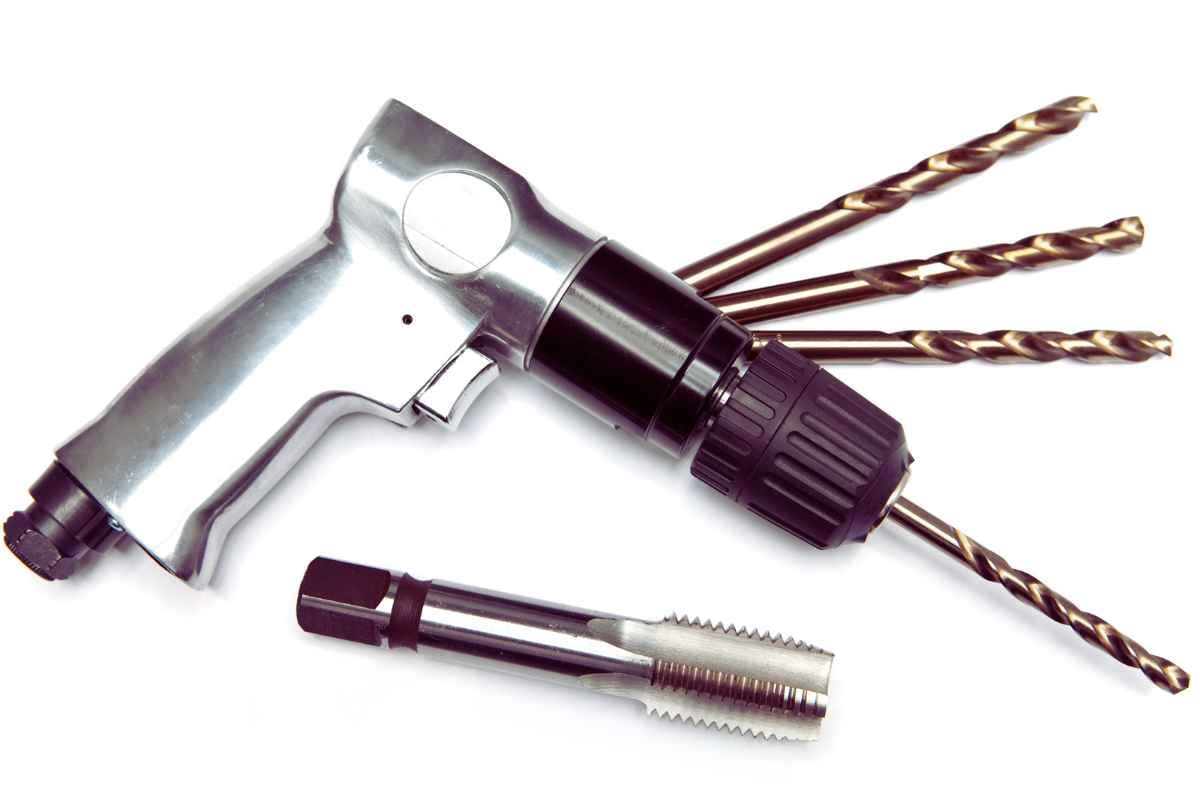Threads of Efficiency: Using Tap Drill Charts for Accurate Hole Sizing
Tap drill charts are crucial in machining for precise hole sizing. This guide covers standards, selecting sizes, best practices, and common mistakes.

Tap drill charts are indispensable tools in machining and manufacturing, facilitating precise hole sizing for threaded connections. The primary objective is to achieve optimal thread engagement, ensuring robust and reliable joints.
In this comprehensive guide, we will delve deeper into the intricacies of tap drill charts, encompassing an understanding of thread standards, selecting the right tap drill size, practical usage, benefits, resources, best practices, common mistakes to avoid, advanced techniques, and applications across diverse industries.
Understanding Thread Standards
Before delving into tap drill charts, it's essential to grasp the fundamentals of thread standards. The Unified Thread Standard (UTS) is widely used in the United States, encompassing thread series such as Unified National Coarse (UNC) and Unified National Fine (UNF). On the other hand, the ISO metric thread standard is prevalent globally, featuring thread designations like M6x1 or M12x1.5, denoting the thread diameter and pitch.
Tap Drill Chart Components
A typical tap drill chart comprises critical components:
- Thread Size: Denoted by thread designations like 1/4"-20 or M8x1.25, indicating the thread diameter and pitch.
- Tap Drill Size: The hole diameter to be drilled before tapping, ensuring proper thread engagement.
- Recommended Hole Size: The ideal hole diameter for achieving optimal thread fit and strength.
Understanding these components is pivotal for accurately sizing holes for tapping operations.
Selecting the Right Tap Drill Size
Choosing the appropriate tap drill size necessitates consideration of various factors:
- Thread Type: Coarse threads (UNC) are suitable for quick assembly, while fine threads (UNF) offer enhanced thread strength.
- Material Compatibility: Different materials require specific tap drill sizes to prevent thread stripping or weakening.
- Thread Engagement: Balancing thread engagement depth with material thickness ensures a secure and durable connection.

Using Tap Drill Charts in Practice
Utilizing tap drill charts effectively involves a systematic approach:
- Identification of Thread Size: Determine the thread size of the fastener or tap using thread gauges or measurements.
- Reference the Chart: Locate the corresponding thread size on the tap drill chart to ascertain the recommended tap drill size and hole diameter.
- Drilling Process: Drill the hole using the specified tap drill size, ensuring proper alignment and perpendicularity.
- Tapping Procedure: Employ the appropriate tap to create internal threads, adhering to recommended cutting speeds and lubrication practices.
Benefits of Accurate Hole Sizing
Accurate hole sizing offers myriad advantages:
- Enhanced Thread Engagement: Properly sized holes ensure maximum thread contact, minimizing the risk of thread stripping or failure.
- Improved Joint Strength: Adequate thread engagement translates to stronger and more reliable connections, which is vital for structural integrity.
- Optimized Efficiency: Accurate hole sizing streamlines assembly processes, reducing rework and enhancing productivity.
- Quality Assurance: Precise hole sizing contributes to overall product quality, meeting stringent industry standards and specifications.
Tap Drill Chart Resources
Accessing tap drill charts is seamless, with a plethora of resources available:
- Online Platforms: Websites and apps offer comprehensive tap drill charts for thread standards, including customizable options.
- Manufacturers' Guidelines: Tap and tool manufacturers provide detailed charts and guides tailored to their products and applications.
- Printed References: Industry handbooks, manuals, and catalogs often include tap drill charts for quick reference in workshop environments.
Best Practices for Tap Drill Chart Usage
To ensure accuracy and efficiency when using tap drill charts, adhere to best practices:
- Verify Chart Accuracy: Cross-reference tap drill charts from reputable sources to confirm accuracy and consistency.
- Double-Check Measurements: Verify thread sizes, pitch, and tap drill sizes before drilling to avoid errors.
- Regular Updates: Stay informed about new thread standards or revisions, updating tap drill charts for precision.
Common Mistakes to Avoid
Common errors in tap drill chart usage include:
- Incorrect Thread Identification: Misidentifying thread sizes or pitch, leading to mismatched tap drill sizes.
- Improper Hole Preparation: Neglecting deburring or cleaning holes before tapping, affecting thread quality and fit.
- Overlooking Material Considerations: Using generic tap drill sizes without considering material hardness or thickness compromising thread strength.
Advanced Techniques and Applications
Advanced techniques in tap drill chart usage include:
- Specialized Threads: Understanding and utilizing charts for specialized thread types such as pipe threads, acme threads, or metric fine threads.
- Thread Repair: Using tap drill charts for thread repair operations, selecting appropriate tap sizes for re-threading damaged holes.
- Threaded Inserts: Incorporating tap drill charts for installing threaded inserts or helicoils, ensuring proper hole sizing and thread compatibility.
Applications Across Industries
Tap drill charts find extensive applications across diverse industries:
- Automotive: Engine assembly, chassis fabrication, and component fastening rely on accurate hole sizing for structural integrity and safety.
- Aerospace: Aircraft manufacturing and maintenance necessitate precise hole sizing for critical components and airframe structures.
- Manufacturing: Machinery production, tooling assembly, and equipment maintenance benefit from accurate thread engagement for operational efficiency.
- Construction: Structural steel fabrication, building construction, and infrastructure projects require secure and durable connections achieved through proper hole sizing.
Conclusion
Tap drill charts are indispensable in machining and manufacturing, ensuring accurate hole sizing for threaded connections. Professionals can optimize efficiency, quality, and reliability by comprehensively understanding thread standards, selecting the right tap drill size, utilizing charts effectively, embracing best practices, avoiding common mistakes, exploring advanced techniques, and recognizing applications across industries. Incorporate these insights into your workflow to harness the threads of efficiency and precision, creating robust and enduring threaded connections.




Comments ()